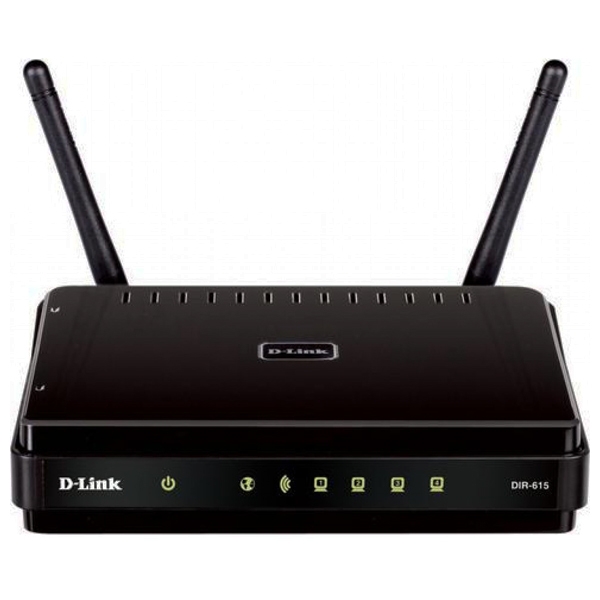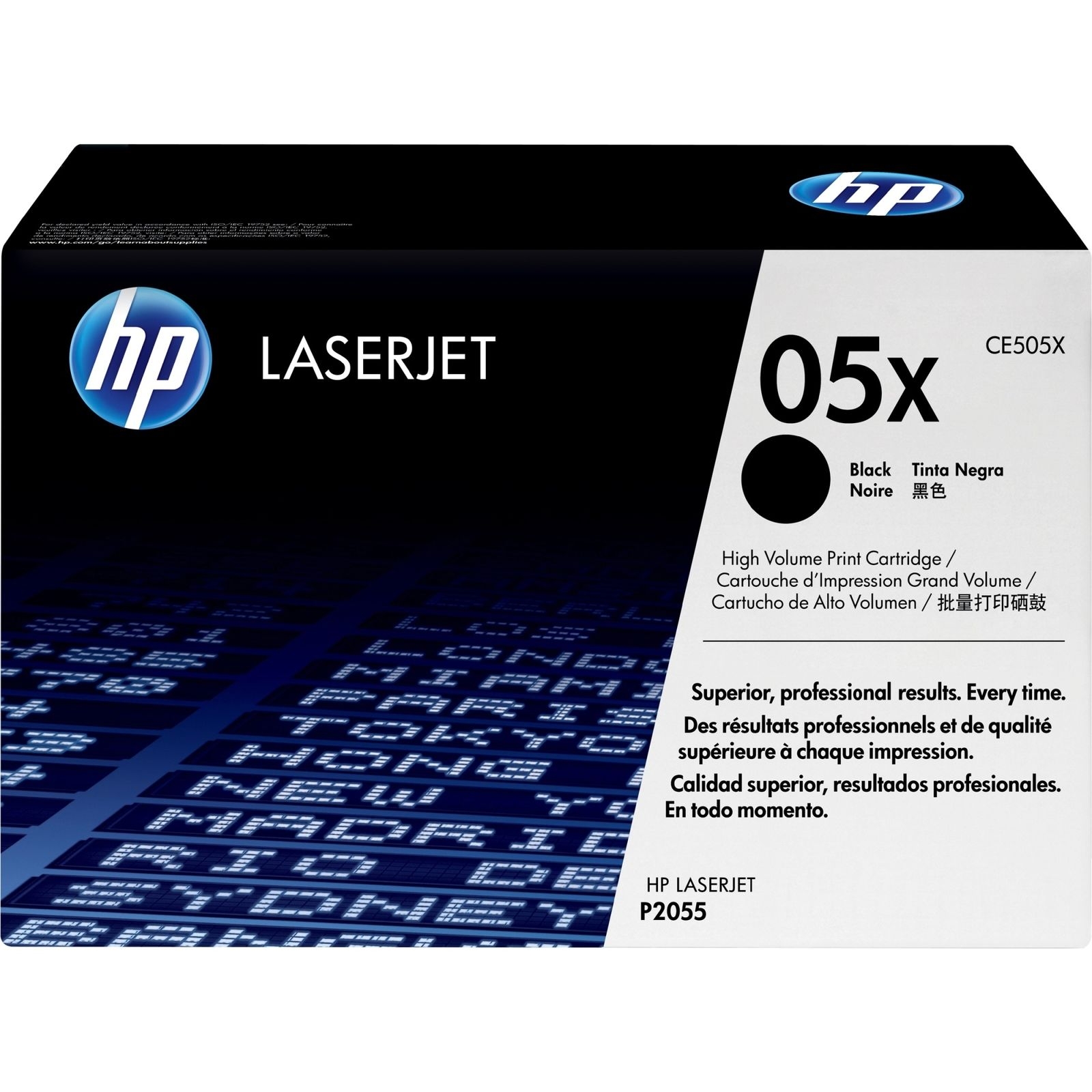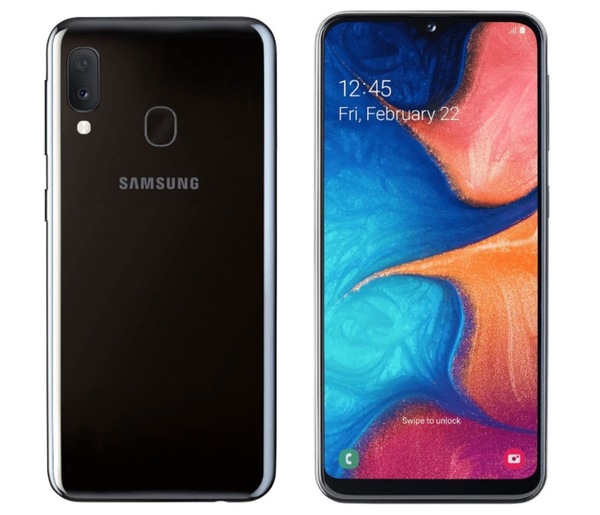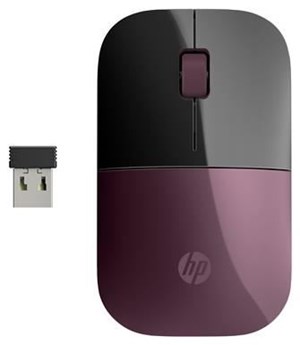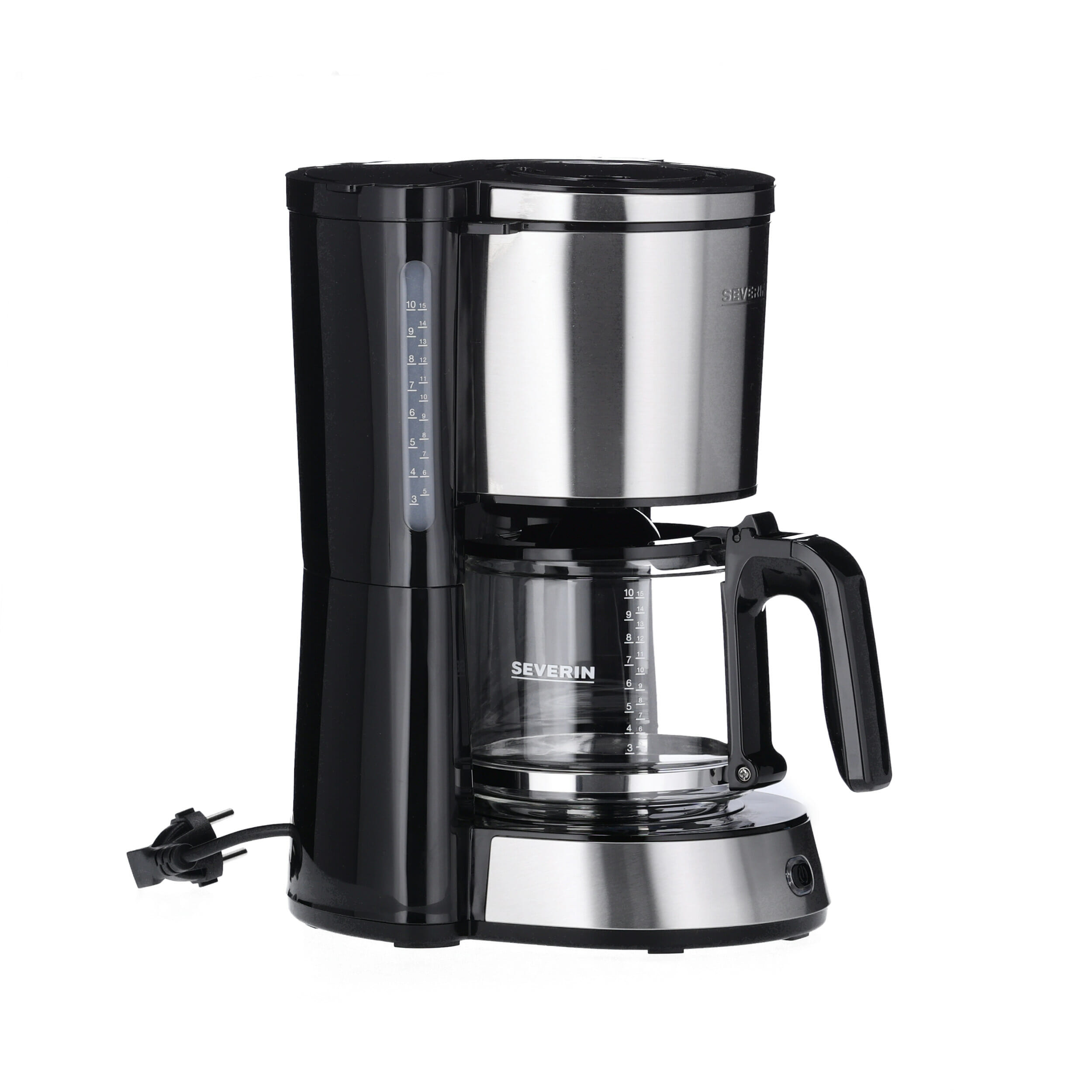
Amitriptyline and lorazepam can be used to mitigate withdrawal effects of cannabis. Furthermore, this process requires considerable effort https://ecosoberhouse.com/ and motivation from the patient. The duration to achieve complete recovery from cannabis use disorder may range from a minimum of 3 months to up to 4 years 94.

Relation to Other Mental Disorders
The sympathetic nervous system becomes activated during starvation or heightened physical stress. This results in elevated adrenocorticotropic hormone (ACTH) action on adipocyte receptors, causing lipolysis to meet bodily demands 50. This leads to high THC concentrations, particularly after consuming potent cannabis, which explains its pro-emetic effects 51.
Cannabinoid Hyperemesis Syndrome (CHS) and Cyclic Vomiting Syndrome (CVS)
With the liberalization of marijuana laws since 2009, investigators retrospectively evaluated 2,574 ED visits in Colorado and identified 36 patients diagnosed with cyclic vomiting; this occurred in 128 visits. Episodes of cyclic vomiting nearly doubled in prevalence, increasing from 41 per 113,262 ED visits/year to 87 per 125,095 ED visits per year after marijuana laws were liberalized 74. There is only one way to prevent cannabinoid hyperemesis syndrome, and that is to avoid cannabis. Another thing that must be considered is that while not everybody who uses cannabis develops the CHS syndrome, people who started using cannabis during their adolescent years often tend to develop the CHS symptoms and condition.
Find more top doctors on
This word is a combination of chs syndrome “screaming” and “vomiting.” You’re in so much pain that you’re screaming while you’re vomiting. As a trusted Georgia recovery center, we are dedicated to serving our clients through various alcohol and drug addiction programs. We have a firm belief that it is possible for YOU to achieve and sustain long-term recovery.
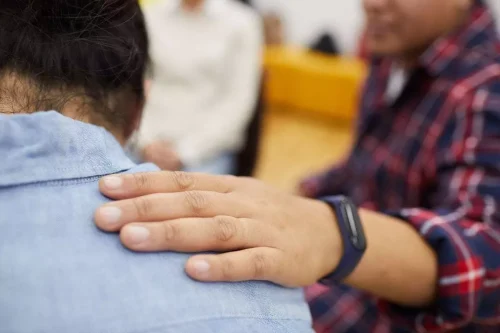
The importance of quitting cannabis with CHS
There is a chance that large doses of CBD may increase symptoms of abdominal pain, nausea, and vomiting in those with CHS. For that reason, it is recommended that anyone suffering from this condition avoids CBD products as well as THC products. While several treatments provide symptom relief, it is important to be cautious with certain medications. Narcotic pain medications, for instance, should generally be avoided in CHS patients.
Complications Secondary to CHS
Other theories behind rising cases include the widespread legalization and cultural acceptance of cannabis, as well as the higher tetrahydrocannabinol (THC) content in modern marijuana, experts told the NewsHour. When Dr. Deepa Camenga began her career about 20 years ago, she rarely if ever saw pediatric patients with CHS, she said. Today, hospitals in her area around New Haven, Connecticut, see pediatric CHS cases nearly every day, she added. It’s not clear if some people are more prone to the syndrome than others.
Drug Rehab Insurance Coverage
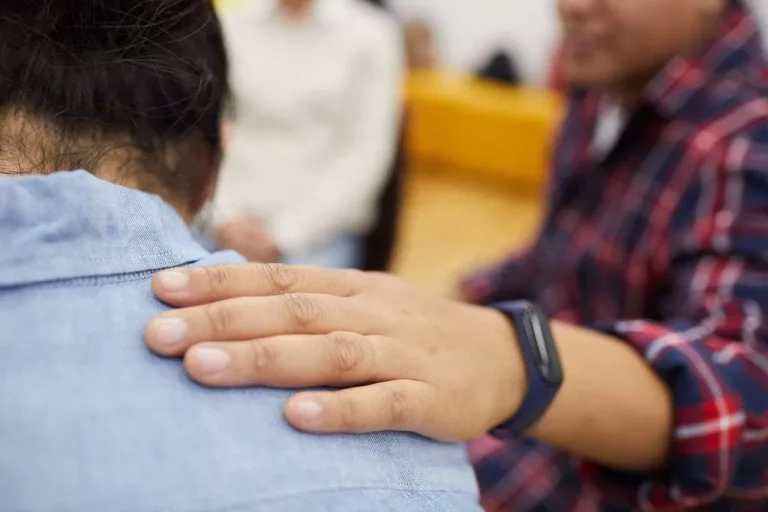
Quitting cannabis use is the 100% cure for CHS – but it is such a complex topic, that it’s beyond the scope of this forum. Neither edibles nor CBD are safe options for those with CHS, as the syndrome relates to cannabinoids as a whole, not just THC. Research is ongoing on the exact way that cannabis triggers this problem. In the meantime, the best way to relieve CHS symptoms is to stop using the drug. Using cannabis for a prolonged period increases your risk of this condition. While any amount of long-term cannabis use can lead to CHS, daily cannabis use seems to be more likely to cause CHS than using it less often.
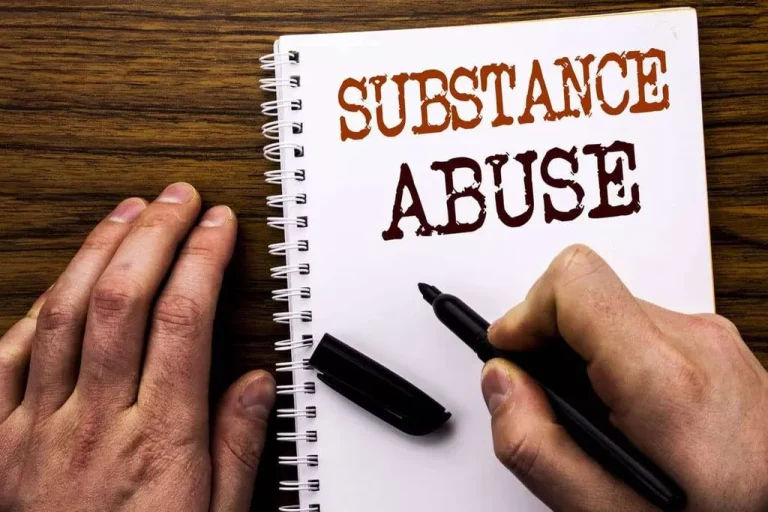
Cannabinoids, the active compounds found in cannabis, have a profound impact on the gastrointestinal (GI) system. The GI system is rich in cannabinoid receptors, which play a crucial role in regulating various physiological processes, including nausea and vomiting. When cannabinoids bind to these receptors, they can alter the normal functioning of the GI system, leading to changes in gut motility, secretion, and blood flow.

As a relatively newer syndrome, healthcare professionals are still learning to diagnose and treat CHS. Many illnesses may overlap with the common symptoms of CHS, which poses quite a challenge for healthcare providers. Typically, when compounds like THC and CBD bind with receptors in the brain, they prevent nausea and vomiting.
- Current published follow-up literature is limited to case reports and series, most of which only follow patients for a few days to weeks after a symptomatic episode 10.
- For many, these compounds don’t cause long-term issues, and their effects fade after a few hours.
- Topic posts on cannabinoid hyperemesis syndrome triggers highlighted multiple factors that, to our knowledge, have not been previously explored in the scientific literature.
The development of such guidelines would not only benefit clinicians but could also improve patient outcomes by ensuring timely and accurate treatment. It remains unknown how changes to the endocannabinoid system could lead to the development of CHS and more empirical research is needed to identify the mechanism. While researchers are still working to understand the mechanisms behind CHS fully, evidence suggests that chronic Halfway house cannabis use disrupts the endocannabinoid system. This system regulates various bodily functions, including nausea and vomiting.


